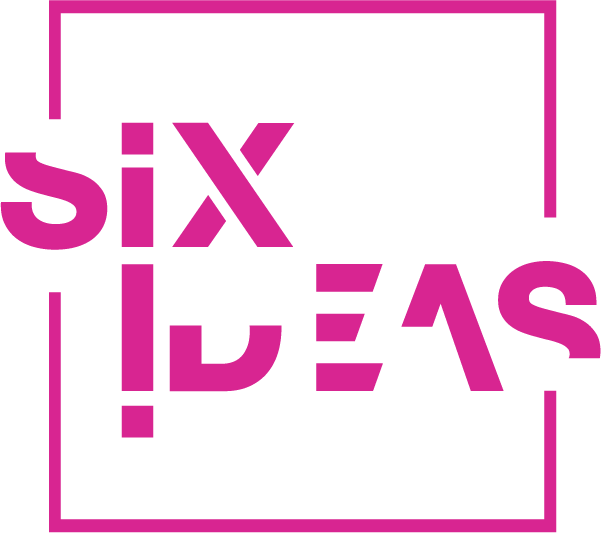How is employee experience shaped by AI?
AI’s role in the workplace isn’t just about efficiency; it’s about transformation.
A recent study of 35,000 employees across 22 countries reveals important patterns in how AI is reshaping workplace dynamics.
AI Adoption is Employee-Led
Employees aren't waiting for top-down directives. Currently, almost half are using AI tools daily or weekly, with many implementing their own solutions. They're proactively integrating AI tools to analyze data (41%), streamline administrative tasks (32%), and enhance creative (31%) and coding (18%) projects. This rapid adoption brings a key challenge: organisations are struggling to keep pace. Without structured support, organisations risk inconsistent usage and missed opportunities. Organisations need practical approaches to align AI initiatives with existing employee practices.
Rethinking Productivity and the role of AI
While many leaders primarily view AI as a tool to boost output, employees see it differently. According to the report, 47% of employees would use the time saved by AI to improve the quality of their work, while only 27% would focus on increasing the quantity produced. Without clear directives, or strategies for job redesign and employee support, AI can inadvertently create pressure, leading to what the report calls a "mental outsourcing" effect, where over-reliance on AI may compromise output quality and increase the risk of errors.
Productivity is often a nebulous concept to measure, especially with knowledge work, no standard rule applies here. AI's true potential lies in enabling employees to engage in higher-value tasks, fostering innovation, and reducing repetitive work. This may promote a reformulation of what productivity means to the organisation and how value is created. Perhaps a realignment of productivity goals with employee experiences, focusing on quality, creativity, and sustainable growth rather than sheer output?
Trust and transformation
Despite significant investments in AI, many employees remain skeptical about leadership's ability to implement and manage this technology effectively. Only 57% of employees believe their leaders understand new technologies well enough, and just 56% feel that decision-makers prioritise employee well-being over profits when making AI-related decisions.
Trust is an important component when introducing any change, so what can leaders do? Interestingly, employees who regularly provide feedback on AI implementation are significantly more likely to trust their leaders (69%), compared to just 33% among those who never get to share feedback. The answer it seems lies in transparency and employee involvement. When employees have a voice in any change and feel their feedback shapes decisions, their confidence grows into ownership and increased engagement.
Where is HR in all of this?
AI isn’t just an IT initiative; it’s a people initiative. With 59% of employees seeking involvement in job redesign, 52% wanting clear ethical guidelines, and 52% needing training programs, HR's expertise in workforce planning and development is crucial, they can be the bridge between technology and employee experience. Investment in employee education and well-being, alongside AI tools, will see the greatest benefits. Well-being here is important because 79% of employees felt their organisation supports work-life balance when proper AI strategies are in place, compared to 61% without such support—a notable 18-point increase.
The report goes on to suggest that AI itself isn't necessarily the source of workplace pressure; rather, it's the pace of change and economic and strategic shifts that create stress. Proactive management would be beneficial here and extends beyond traditional health initiatives to encompass psychological safety, role security, and adaptability support.
Final thoughts
AI’s role in the workplace isn’t just about the efficiency gains; it’s about the opportunities in transformation. Organisations that understand this will foster environments where technology and people grow together. As we navigate this AI-driven era, the key to success isn’t just smarter tech—it’s smarter leadership, grounded in trust, transparency, and a human-first approach.
Photo by Ari He on Unsplash

